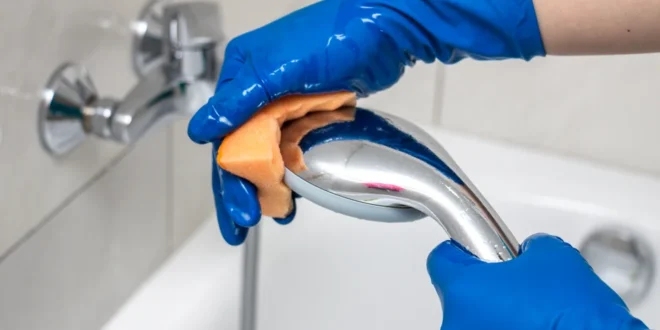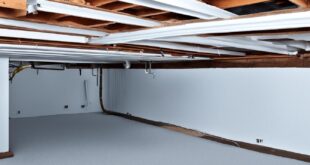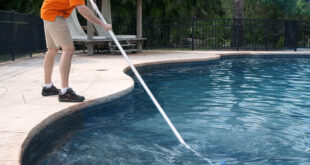Getting rid of limescale is a challenging task. If you don’t keep up with it, limescale has a way of taking over your kitchen and bathroom fixtures, leaving them discolored and in need of replacement.
Fortunately, there are products on the market specifically designed to remove limescale effectively and safely. When choosing which products to buy, it’s essential to look for one made with natural ingredients that won’t damage your tiles and fixtures.
There are many different types of limescale remover on the market, so it’s essential to do your research before choosing one. Read product reviews, talk to friends and family, and consult with a professional if necessary to help you find the best product for your home.
Let’s take a look at what limescale is and how you can remove it from specific areas of your home:
Is limescale dangerous to you, your family, or pets?
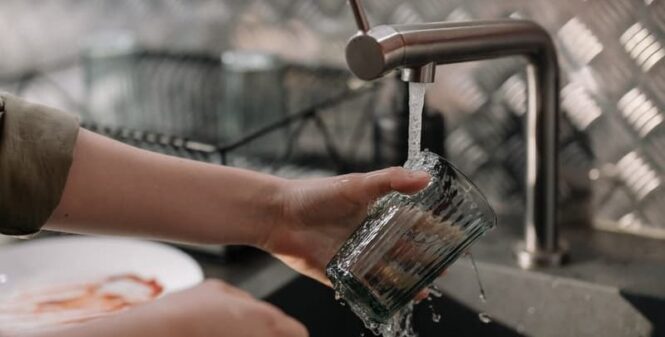
No, limescale is not dangerous to you, your family, or your pets. However, it can produce a white crystalline powder that may damage some of your kitchen and bathroom fixtures, such as sinks and faucets.
How can limescale be removed from different areas of my home?
You can use a few different methods to remove limescale from specific areas of your home. Let’s take a deep dive into each one to help you decide which method is best for your situation:
How to remove limescale from your bathroom
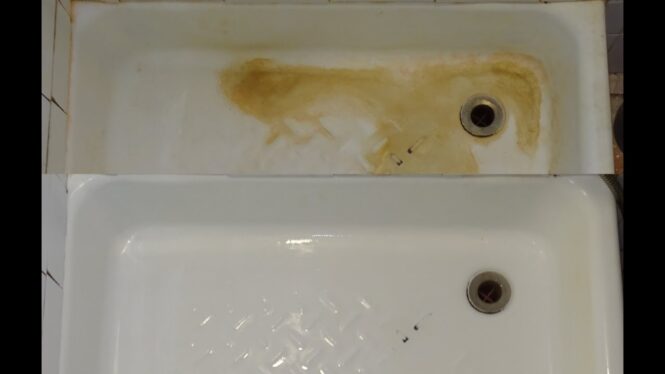
Limescale has a way of accumulating in your bathroom over time, and it can leave your sink and faucet looking dull and stained. The best way to remove limescale from your bathroom is by using a limescale-specific product that won’t harm your fixtures.
You’ll find many different products on the market designed to safely clean away limescale, including cleaners, foams, and polishes. Select one that works best for you and your bathroom, and follow the instructions on the label carefully.
How to remove limescale from your kitchen
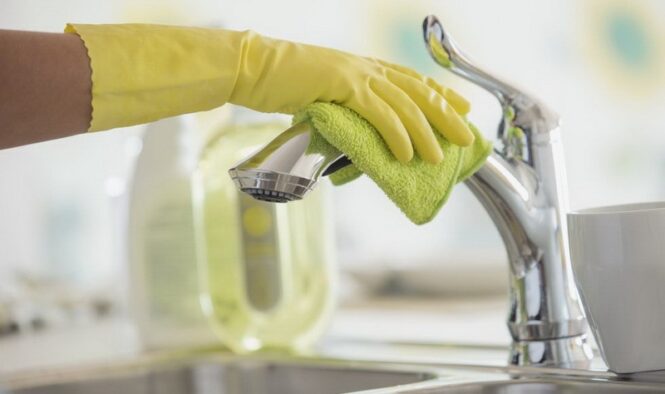
Your kitchen is a little different than your bathroom, as it’s more likely to have limescale buildup on the surfaces of your appliances. For example, you may find that the limescale is more concentrated in your coffee pot or tea kettle.
To clean limescale from a kitchen appliance, you’ll want to use a limescale cleaner that is designed specifically for this purpose. These cleaners often come in tablets, spray bottles, or powders and are applied directly to the affected area.
Limescale can ruin your appliances and your kitchen surfaces, so it’s essential to clean it away as soon as possible. Think about how expensive your dishwasher is and how much of a hassle it would be to replace your hot water heater, and you’ll probably want to take care of that limescale as soon as possible!
You’ll also want to pay attention to your faucets, as limescale buildup there can make it difficult to rinse your dishes properly. If you have metal faucets, then you’ll want to stay away from kitchen cleaners that are too harsh, as they can leave residue behind and cause your faucet to rust.
What should you do with your clothes washer?
Okay, you probably never thought about limescale regarding your clothes washer. But this is actually a very common place for limescale to build up, and it can reduce the effectiveness of your clothes washer over time.
The best way to clean limescale from your clothes washer is by using a cleaner that specifically targets it. You can also add vinegar to the cycles of your clothes washer to help prevent limescale buildup.
How can you prevent limescale from building up in the future?
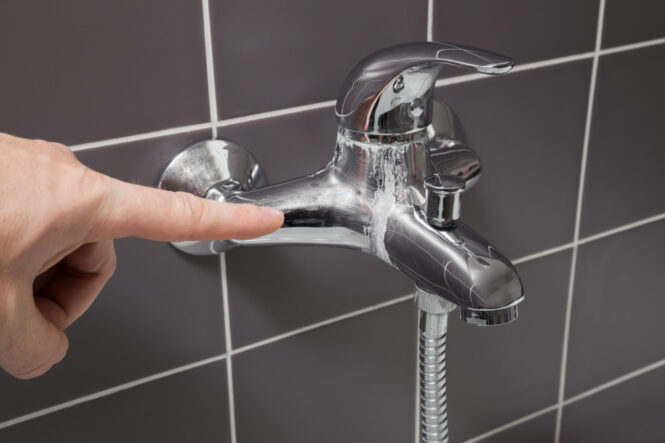
You can do a few things to prevent limescale from building up in your home. Here are a few tips:
Replace your water filter regularly
If you have a filtered water system in your home, you’ll want to replace the filter as often as possible. This will help keep limescale from accumulating in your water supply and spreading throughout your home’s pipes. The filter will remove the limescale before it ever gets to your faucet.
Use a mild dish soap
Sometimes limescale can build up on your faucets and sinks, and a mild dish detergent can help eliminate it. Use a sponge or a scrub brush to get into the little crevices, and then rinse the area with clean water.
Clean your appliances regularly
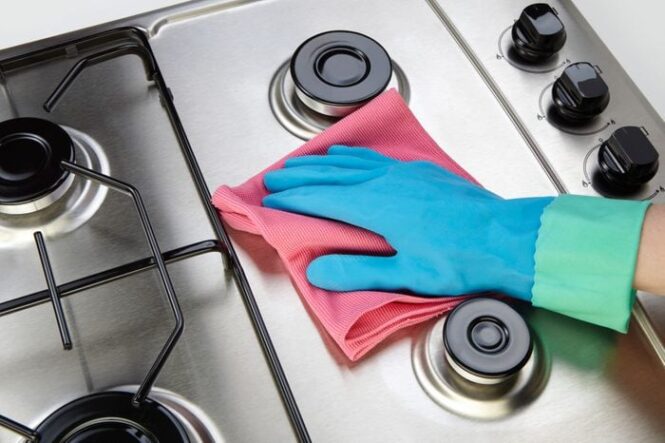
Many people only think about cleaning their kitchen and bathroom appliances when there is an issue, but it’s also a good idea to clean them regularly. This can help you keep limescale buildup down and prevent it from getting out of hand, which is good for your appliances.
Does using water softener help?
If you have a water softener in your home, you may wonder if it can help keep limescale from accumulating. Investing in a water softener can certainly help with limescale, but you’ll want to ensure it’s functioning properly.
People often wonder if they should clean the water softener, but you really don’t need to do this regularly. You will want to check it every few months, and you may need to flush it every 6-12 months if the softener is new.
If you doubt a water softener will help you with limescale, then you should consult a professional before making any decisions.
Limescale isn’t something to be feared
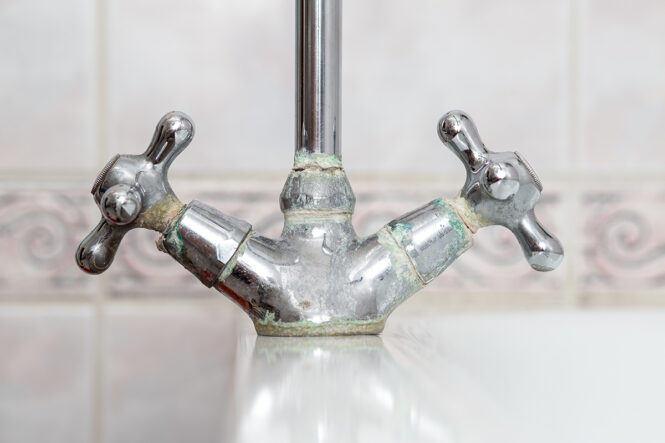
Some people freak out at the slightest sign of limescale, and this isn’t a good thing. Though limescale can be annoying, it’s not something to fear.
As long as you’re proactive about cleaning it away and taking care of your appliances, then limescale should never be a serious problem. And if you do see a serious buildup of limescale, you should consult a professional to figure out the best way to deal with it.
Limescale is one of those things that you’ll have to deal with as time goes on. But as long as you’re careful and diligent, it should always be a manageable issue. So use these tips to keep limescale from becoming a major problem in your home, and you’ll be all set!
 Imagup General Magazine 2024
Imagup General Magazine 2024
